Joel Huesby’s tractor lumbered across his feeding pen, no one at the wheel. Huesby himself stood back on the attached wagon, scattering hay to his Hereford and Angus cattle as the tractor slowly parted their ranks. Approaching a nearby fence, he leapt back to the driver’s seat and hit the brakes.
His cows were penned this September morning for their own good, it being one of the two times during the year when bovine stomachs won't tolerate the alfalfa in the nearby fields. Normally, the animals would be wandering Huesby’s pastures -- helping themselves to a lazy browse, a luxury for most cows their age, mostly well over a year old.
Under the cattle standards that dominate U.S. agriculture, cows of that age are usually about due for slaughter. Huesby’s cattle would end up there too, eventually, but not until they're closer to 30 months, well beyond the slaughter age of the average American cow.
Huesby has bucked nearly a century of technology, choosing to raise animals as farmers did before agriculture adopted its current industrial mien.
That choice required him to embrace high-end food standards –- free-range, pasture-raised -– sought by well-heeled customers who combine shopping with social conscience. But perhaps more importantly, it prompted him to adopt the belief that his land should be able to function without the fertilizers he once sold or the rush-to-market economics that modern agriculture has come to embrace. It required that he learn how to manage the life cycle of his livestock from birth to death.
In an era of mad cow fears, with consumers starting to take food sourcing and safety more seriously, Huesby’s slow-go approach offers reassurance and accountability. His Thundering Hooves ranch provides not just the quality and flavor found in carefully raised animals but also the ability for customers to trace their food from field to plate.
His story is emblematic of choices made by a growing number of farmers across the country who have embraced sustainable farming and who often sell their products direct to consumers. These Americans refuse to live with the harsh realities of being a small-time operation in an era of Big Ag; they have run the numbers and decided that the economics of modern agriculture are no way to survive. They hope to serve their communities and earn a decent living at the same time.
“What I am,” Huesby said, “is much less of a producer and much more of a natural resource harvester.”
Living on the land
The Huesby family knows its land well. Since 1883, when Washington was still a territory, four generations of Huesby’s kin have worked the Oregon border near Walla Walla, Wash. His uncles and cousins live on surrounding acreage; his brother and parents live a stone’s throw from his house.
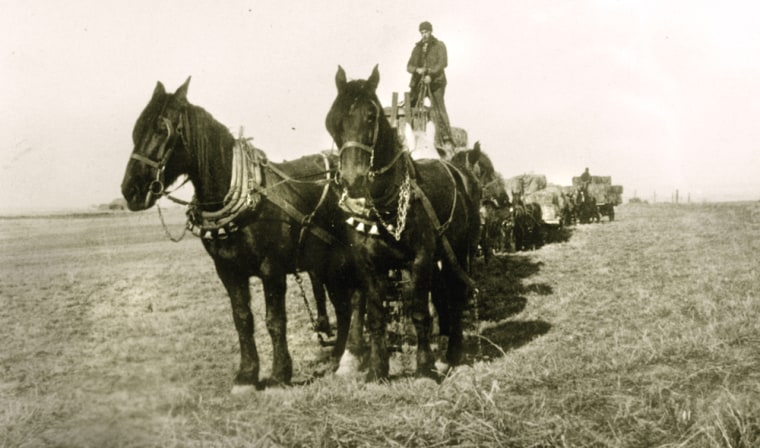
Thundering Hooves is a family operation that largely replicates the workings of 19th-century homestead farms, with a dash of modern science tossed in.
After a hearty chicken dinner, as darkness spread across the Blue Mountains to the east, Joel’s mother Lois and father Gordon collected the current week’s batch of 350 broilers for slaughter the following morning, where his brother Bryan wields the kill knife. (“He’s the killer in the family,” Joel deadpans.) Joel’s wife Cynthia and sister Clarice sell beef and poultry at local markets from Walla Walla to Seattle. Each week in Joel and Cynthia’s living room, with Joel’s six white cowboy hats sitting on pegs nearby, the family discusses how to grow their business.
The setting is undoubtedly pastoral but the family-farm setup belies the message Huesby evangelizes: The only way to get the best, safest food in this country is to end-run the system. To him, the current distribution network for meat, with most cattle raised in a few Midwestern and Western states and then shipped 1,500 miles to market, is just bizarre. “That’s from here to L.A.,” he said. “We have the wrong model when we concentrate anything.”
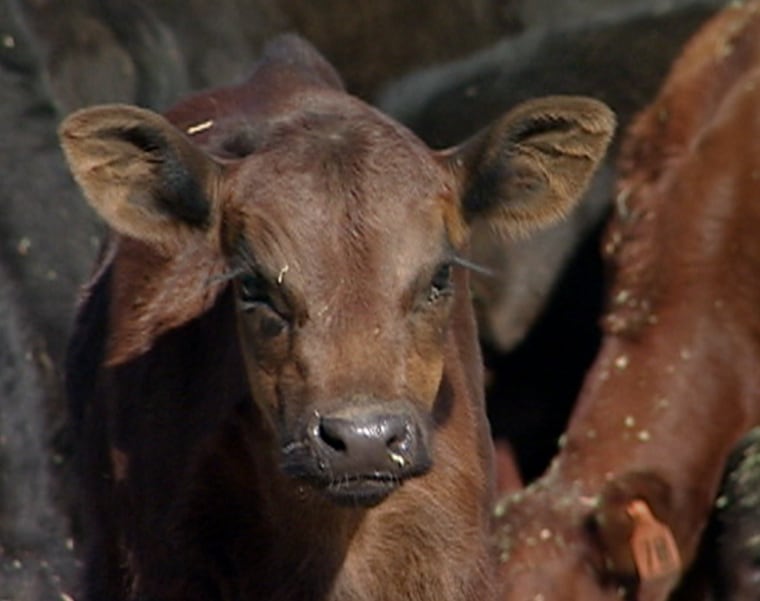
His alternative? Raise meat on the farm; kill it in small, nearby slaughterhouses; sell it locally, or regionally. That model isn’t new, it simply reflects the old-time realities of agriculture, before refrigeration and interstate highways made it feasible to haul food cross-country.
To do that, he must market his beef, lamb, turkey and chickens directly to customers and in bulk, convincing them that the premium prices are worth it, both for a more natural product and for simple tracibility back to the pasture. He raises his animals from birth, feeds them a vegetarian diet, lets them roam across hundreds of acres, controls their slaughter and brings them to market himself. If anything's wrong with the meat, no cross-country paper chase is needed; the steer stops with him.
Beyond the economic risks of working outside the system, there are inherent difficulties with this model, notably that it can only work on a small scale. Huesby doesn't sell farther away than Seattle, 250 miles west, but he believes every large city could have small farmers provide residents with locally raised food. In his mind, the local model is the only healthy one for people and for the land: “You can’t fit an industrial model over a biological model. It doesn’t work.”
'I'm a sinner'
Huesby’s land actually tells much of his story. He grew up helping on the farm his mother inherited and an uncle's spread nearby, lending a hand in the field and tending cattle. It was his return to conventional farming on that land years later that eventually led him to his current way of living.
In 1986, he got an agriculture degree from Washington State University, which led to a job with a farm chemical company. But he grew increasingly uneasy with selling chemicals and returned to the farm in the late 1980s, growing alfalfa for hay and vegetables for canning. “I’m not a hypocrite because I lived it, I did it. I’m a sinner,” he said.
With little money from that, he tried wheat, but found the economics of the industry had fallen out from under him. (A wheat bushel sold for more in 1980 than it does now, not adjusting for inflation.) He tried to bolster his bottom line by helping his father’s phone installation business, but became more downcast.
Finally, one day while burning off wheat stubble in a field after harvest, the weight of his situation came clear. He had what he describes as his epiphany. “It was as if everything just clicked in my mind,” he said. “I said, ‘I’m not going to do anything the same again, period.’”
Aside from the desire to change, Huesby had little left besides worn-out, dusty, fertilizer-saturated fields. He bought draft horses and started experimenting, trying to find uses for his land that would clear his conscience and fill his bank account.
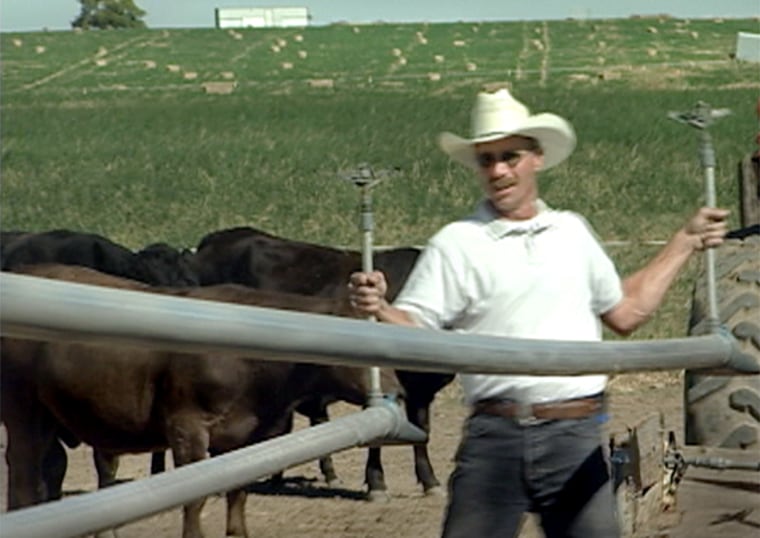
The first thing to do, he decided, was to fix what he called “ugly” soil: to leach out years of chemical applications and restore a carbon-nitrogen balance. The process, which he likens to a drug addict’s recovery, required the soil to just sit fallow, weedy and untouched, healing.
To help it along, he contracted with a local paper manufacturer, Ponderosa Fibers, to take their waste paper as a carbon source for his mending fields. Ponderosa could spread its paper shavings across his land for free; they got a place to dump it, he got free biosolids. At two inches thick, each acre could accommodate 175 wet tons of paper. Five or ten trucks a day visited him for three years until 215 acres were covered. He just sat back and waited: “The soil, if given the chance, had the capacity to grow for itself.” Now, he boasts, he’s again finding earthworms in the dirt, over a dozen in each shovelful.
Managing growth
As Huesby’s fields began to recover, he and Cynthia weighed their options. They were struck by the enthusiasm they saw among sustainable farming advocates, like Joel Salatin, whose book “Pastured Poultry Profits” described movable, floorless chicken coops and strategies to profitably raise free-roaming chickens. During a visit to Portland, Ore., the Huesbys met Doc and Connie Hatfield, who helped set up the Oregon Country Beef co-op, through which Northwest ranchers market high-grade meat. “It was great to hear somebody being successful doing beef,” Cynthia said.
Soon after, they released the first cows and chickens into their still-recovering fields.
Thundering Hooves grew slowly through the late 1990s. In recent years, though, the Huesbys have taken their sales pitch on the road, building a loyal group of customers as far away as Seattle who are concerned enough about quality and safety to buy direct from the farm.
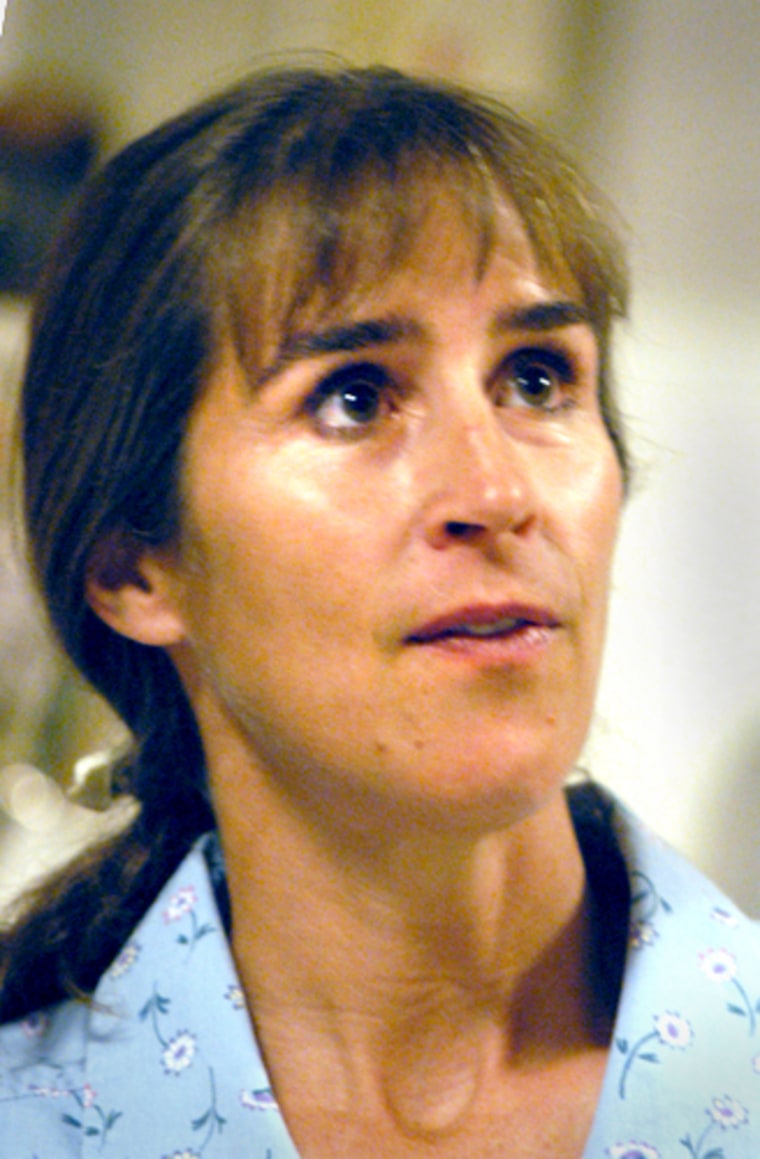
Five years ago, their poultry operation began with just 40 birds. That first year, Cynthia put 15 chickens in a box, covered it with a Chantilly lace bedspread and drove to the farmer’s market in Walla Walla –- figuring she might be able at least to give them away to convince local customers of the value of home-raised poultry. Then a woman asked to buy one, and another, and another. “It just exploded from there,” Cynthia said. They now raise 7,500 chickens a year.
The growth hasn’t been without tension. Even with with Joel’s now-retired parents taking over much of the booming chicken operation, the family still argues at their weekly meetings about just how big an operation the farm should be. “I’m the one who doesn’t want a lot of growth,” Cynthia acknowledges.
While Joel contemplates franchising the Thundering Hooves model, for example, Cynthia nixed a plan to raise 2,000 turkeys last year. The family raised 300 bronze heritage turkeys and another 1,000 standard white turkeys. She’s also hesitant about plans to add pork to their offerings: “I’m not sure I want pigs running through my yard right now.”
But the Huesbys recently bought a small processing facility in Walla Walla and leased the farm next door -– another 174 acres -– from the PCC Farmland Fund, operated by a Seattle food co-op. They deliver food to some of the finer restaurants in the Northwest; one in Walla Walla gets chickens just hours after they are killed. If they can manage consistent production volumes and meet USDA processing standards, sales to retail stores might come next -- though Joel seems committed to keep selling direct.
The details matter
As with many direct-to-market farms, specifics about how Thundering Hooves raises its poultry and livestock take on extra importance in an industry where labels are easily applied but seldom understood.
Though their fields have been chemical-free for a decade, the Huesbys have shied away from the organic label, though they may certify some land as organic according to new federal standards.
Their livestock and poultry are rotated through pastures. Cows usually wander the fields their entire lives, fed on grasses and hay, free from antibiotics and hormones. (Each of these things holds special resonance to a small segment of consumers.) Freshly slaughtered beef is hung, dry-aged (compared to shrink-wrapped wet aging for most meat) and inspected, but the leaner beef that results from a grainless diet makes the meat impossible to grade according to USDA standards, which emphasize fat content.
Chickens have their own room to roam near Joel and Cynthia’s modern, self-built farmhouse. Roasters eat a mix of feed and grass, with mobile wooden coops dragged across the fields each week to keep the birds moving. Joel hopes to find a new chicken breed to replace the Cornish Crosses – your standard supermarket chicken -- but has had trouble finding heritage stock.
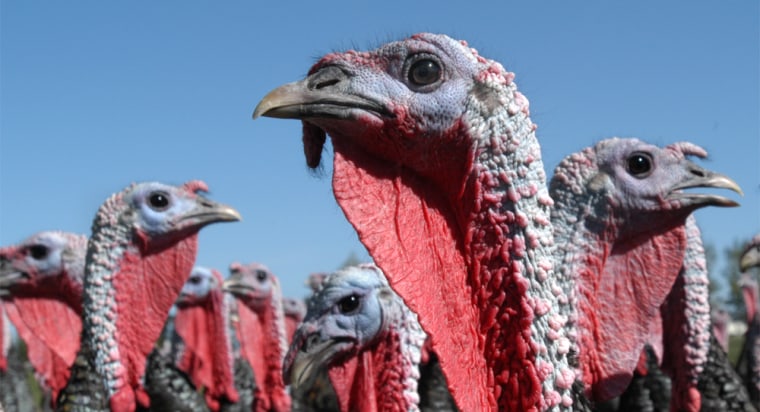
Turkeys wander nearby, mingling with ewes. The bronze heritage turkeys (an increasingly popular premium product) are smaller but offer darker, tastier meat. Standard white turkeys, bred for their oversized breasts, stumble awkwardly nearby. Huesby calls them “genetic freaks,” but keeps them because of customer demand.
A different path
Of course, a holistic approach involves its share of problems. A late shipment of turkey hatchlings last year resulted in some smaller Thanksgiving birds. (Afterwards, Huesby decided to buy out his supplier’s hens and toms and breed his own.) Antibiotic-free chickens suffer a higher death rate. And aside from a small amount of excess sold at farmers’ markets, Thundering Hooves requires customers to order months in advance. An eighth of beef -– about 10 steaks, several roasts, ribs, cut pieces and 15 pounds. of ground -– costs over $200. Reservations are already being taken for August deliveries. For customers, it’s a bit trickier than a trip to the market.
Money is still slow to come. Their farm provides food and shelter, but the Huesbys’ income in 2002 put them below the state poverty level.
At the coffee shop across the border in Umapine, Huesby hears, other farmers question his methods. “They are right,” he said. “I am not a good farmer under your rules of farming.”
More tension surfaces when Huesby preaches his family-farm sermon in David and Goliath terms, decrying the ills of feedlots and local packing plants -- big-time meatpacker Tyson has a plant in nearby Wallula. But he knows many simply can’t make the economic sacrifices to change the way they farm, even if the current system leaves most individual producers powerless to set prices.
But Huesby’s own experience has him convinced the agribusiness model is ultimately unhealthy both to farmer and consumer, that it results in less healthy, less satisfactory food and ever-shrinking prices for the farmers still willing to try and make a living amid these arid Western hills. “I’d liken that to a patient in ICU on life support,” he said. “It’s not a question of when he’s going to die, but when do you pull the plug?”
In an age of food neuroses, as Joel Huesby discovered, more Americans are coming to believe the same thing.